|
With inflation completely out of whack, we are all looking for ways to makes ends meet. The trouble is that few of us think of our big-ticket bills. Imagine if you could make some simple, low-cost adjustments that would result in keeping thousands of dollars annually. We like to call this our "Stop making everyone else rich" plan. We can save thousands annually with smarter energy choices. Below are just a few ways that we can do our personal energy audit, where many of us can identify ways to save thousands annually in our budget. Businesses, schools and churches could save hundreds of thousands, if not millions, every year. Transportation is the #1 Contributor to CO2 in the Atmosphere Here Comes the Sun Electricity is the 2nd Largest Contributor to CO2 There is No Excuse for Single Use Commercial and Residential Buildings are the Next Largest Contributor to CO2 Agriculture Produces About 10% of the CO2 in the Atmosphere Annually The Cleanest Energy is ... And here is a little more color on each point. Transportation is the #1 Contributor to CO2 in the Atmosphere Did you know that most of us spend at least $7,500 annually to own a car (factoring in the car payment, the car insurance, the gasoline and the maintenance)? It also pollutes the air, and has increased the incidences and complications of respiratory illnesses. Walk or bike as much as possible, especially for local errands. Work from home. Videoconference when and where we can to avoid unnecessary travel. When we get out of the car and start walking and biking, we realize that we don’t have to trudge along on a treadmill or dance in place to a video to get in our cardio. Here Comes the Sun The sun is a great source of heat and light that is free and renewable. There is so much we can do, even without solar panels. Shades can keep rooms cool in the summer, while letting the sun shine in can heat up a space. If we’re working from home, we might find that certain rooms offer natural lighting at various times of the day. Heating and cooling are energy hogs, while lighting can be an energy vampire. Many homeowners with solar panels have electric bills under $50/month. There are a few important steps to take before you get your quote. Check to see what kind of tax credit might be offered by your local, state and/or federal government. In the U.S., the solar tax credit is 30% of the installation costs. Some companies, including Sunpower which offers some of the most efficient solar panels, offer financing with little or nothing down. I encourage you to read The Power of 8 Billion: It's Up to Us to learn how to reduce your MW usage prior to purchasing your solar. Feel free to contact our office at 310-430-2397 or [email protected] if you have any questions. Electricity is the 2nd Largest Contributor to CO2 Even if solar isn't right for you, there are so many ways that we can reduce the amount of energy that we use powering our homes, offices, schools, churches, etc., when we understand that big appliances (even elevators) use up a lot of energy in a short space of time, while smaller things (like lights and the phone charger that we keep plugged in all of the time) suck energy nonstop. LED lighting uses 15% of the energy that incandescent lighting uses. In some countries, there is an on/off switch on the water heater. That large appliance is churning less than an hour a day as opposed to 24 hours a day in many developed world countries. Smarter choices and products, and better insulation can reduce our home energy needs by up to 90%. Imagine if your electric bill was 1/10th of what it is now! This can be a win-win of healing the planet, while giving us a lot more money in our strained budgets. 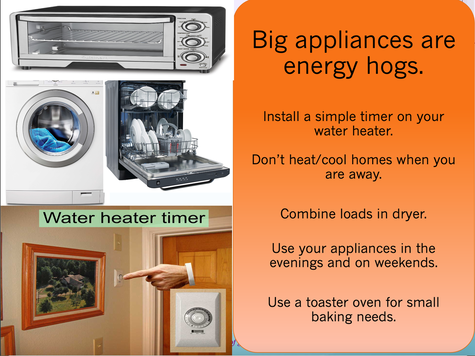 Join us at our online Financial Freedom Retreats for our Thrive Budget and easy-as-a-pie-chart nest egg strategies. Visit NataliePace.com or email [email protected] to learn more. 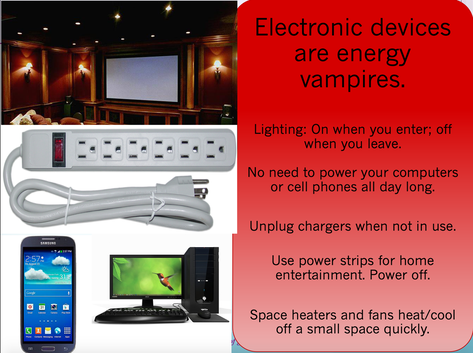 Join us at our online Financial Freedom Retreats for our Thrive Budget and easy-as-a-pie-chart nest egg strategies. Visit NataliePace.com or email [email protected] to learn more. There is No Excuse for Single Use How many drink and toss containers do we destroy every single day? Industry is the 3rd largest contributor to CO2. So buying less of everything can be one of the best things we can do to heal the planet. We can make our own coffee at home. A French press has less waste than Keurig or coffee filters. Many cafes are defaulting to the disposable, unless we specifically ask for our fix “for here.” (Starbucks, Dunkin and McDonald’s, are still showing disposable cups in their ads. Grrr…) While detoxing from our wasteful habits won't generate thousands annually in savings, it's important to understand that drink or eat and toss is not free. Even if Starbucks, McDonald's, Dunkin Donuts and a million other fast casual spots are pushing their disposable packaging on us, we can place our own reusable mug on the counter or simply as them to use one of their ceramic mugs "for here." One more thing, many of us are flushing forests by not choosing recycled toilet paper. Commercial and Residential Buildings are the Next Largest Contributor to CO2 Once we’ve done an energy audit of our own home, it’s a good idea to do one of other buildings that are near and dear to our hearts, like our kids’ school, the university that we went to or the churches we pray in. Schools, businesses and religious organizations that spend less on electricity can invest more in staff, books, instruments and beneficial resources. Smarter construction choices, like insulation and fixing leaks, can go a long way. Agriculture Produces About 10% of the CO2 in the Atmosphere Annually There’s a large difference between factory-farmed livestock and monoculture horticulture, and regenerative farming practices that include livestock as an important part of soil and seed maintenance. Diversified, organic farms can sequester carbon in the soil, and are a huge part of the climate solution. So, one of the most important things that we can do as a consumer is to buy local and organic, and to support community and school gardens. Buying cheap mass-produced meat, fruit and vegetable products has a huge cost for humanity. There have also been multiple studies about how the body craves nutrients, not calories. Local and seasonal food is more likely to be rich in nutrients. The added benefit is that you are also reducing the CO2 emissions from the transportation sector, when you support your local farmers. Learn more about regenerative agriculture in The Power of 8 Billion: It's Up to Us and at KisstheGround.com. The Cleanest Energy Is… The energy that we don’t use. While the CO2 footprint of renewable energy is much lower (and lower cost) than fossil fuels, most clean energy sources have an environmental downside (outside of passive solar, which is free and clean, but underutilized). As one example, I toured an anaerobic digestion power plant in Poundbury, England that is fueled with maize. The biogas-to-grid utility provides all of the heating and cooking fuel for the township and much of the surrounding area, with the added benefit that the region isn’t reliant on Russian natural gas (as many European countries are). However, when maize is grown as a monoculture crop, the land is depleted of its healthy biome, and the soil erodes, which can cause loss of top soil and flooding. There are clear costs to this energy solution, though they are not as expensive as being beholden to the energy conflicts and high prices of oil and natural gas. Lithium is mined for electric vehicle batteries. Silicon is manufactured for solar, and giant windmills are assembled for wind energy. Most clean energy uses copper and rare earth minerals, which are all mined. All of this obstructs the land and can destroy the wildlife in the surrounding area. Mining and manufacturing are energy hogs, and there isn’t yet a virtuous cycle for the end-of-life usage of the products themselves. While cleaning our grid with renewable energy is a step in the right direction, not enough emphasis is being placed on the benefits of reducing energy usage (where we can also save thousands annually in our budgets). Some cities, like Manhattan, give energy efficiency grades to buildings and require improvements. However, most homes and businesses in the U.S. have never done an energy audit. That requires understanding where and how we are personally contributing to CO2, and making the changes necessary to reducing it. Individuals in the Middle East, Australia, Canada, the USA and Russia have the highest CO2 footprints in the world. Most European countries do a much better job. So, each of us can go a long way to healing our planet by making smarter energy choices. Bottom Line It’s very popular for us to blame corporations and politicians for the climate crisis. Some of us have extreme anxiety, thinking that we have no way of changing the course that we’re on. But the truth is that the power lies in our hands and in our choices. Corporations and politicians are quick to point out that they are just giving us what we are asking for and need to lead our daily lives. Every time we… · fuel up our gasoline-powered car, · drink or eat and toss a single-use plastic or paper container, · fill our homes with new stuff, which becomes old junk over the years, · buy the cheapest meat and produce no matter where it comes from, · heat and cool empty homes, while we’re at work or on vacation… Every time we mindlessly live in our old patterns, we are the ones that are consuming the wasteful products, energy and services that are pumping CO2 into the atmosphere at unprecedented rates with unparalleled consequences. Let’s be the change our planet needs to heal. Let’s do a personal, home and business audit of our surroundings. Let’s change our habits, and walk and ride bikes more, especially for local errands. All of this is better for our bodies and our budgets. It’s time to stop making the gas station, the electric company, the plastic companies, Big Ag, chemical companies, oil refineries, and other entrenched, multinational, multibillion-dollar companies, rich at our own expense, and at the expense of the planet. We hold the future in our hands and in our choices. My book The Power of 8 Billion: It’s Up to Us offers science-based solutions from leading authorities, and challenges each of us to put this knowledge into action. The Power of 8 Billion also presents inspiring stories of individuals, organizations and metropolises around the world who are coming together to replant rainforests, sequester carbon, grow their own food, reduce their personal CO2 footprint, power the grid with renewables, and promote micromobility and mass transit solutions. New Year, New You Financial Freedom Retreat If you're interested in learning 21st Century time-proven investing strategies for building and protecting your wealth, investing in renewable energy, saving thousands in your budget with smarter energy choices, and managing challenging economic times (from a No. 1 stock picker,) join us for our Jan. 20-22, 2023 Financial Freedom Retreat. Email [email protected] to learn more and to register. Click on the banner ad below to discover the 18+ strategies you'll learn and master, to get pricing information and to read testimonials Get the best price when you register with family and friends. Register now to access your free 4-part Protect Your Wealth Now webinar that will get you started immediately.  Join us for our New Year, New You Financial Freedom Retreat. Jan. 20-22, 2023. Email [email protected] to learn more. Register now to receive a free 4-part webinar (which you can access to protect your wealth now). Click for testimonials & details. 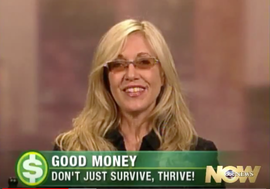 Natalie Wynne Pace is an Advocate for Sustainability, Financial Literacy & Women's Empowerment. Natalie is the bestselling author of The Power of 8 Billion: It's Up to Us and is the co-creator of the Earth Gratitude Project. She has been ranked as a No. 1 stock picker, above over 835 A-list pundits, by an independent tracking agency (TipsTraders). Her book The ABCs of Money remained at or near the #1 Investing Basics e-book on Amazon for over 3 years (in its vertical), with over 120,000 downloads and a mean 5-star ranking. The 5th edition of The ABCs of Money was released on September 17, 2021. Natalie Pace's easy as a pie chart nest egg strategies earned gains in the last two recessions and have outperformed the bull markets in between. That is why her Investor Educational Retreats, books and private coaching are enthusiastically recommended by Nobel Prize winning economist Gary S. Becker, TD AMERITRADE chairman Joe Moglia, Kay Koplovitz and many Main Street investors who have transformed their lives using her Thrive Budget and investing strategies. Click to view a video testimonial from Nilo Bolden. Check out Natalie Pace's Apple Podcast. Watch videoconferences and webinars on Youtube. Other Blogs of Interest Is Your FDIC-Insured Cash Really Safe? Giving Tuesday Tips to Make Your Charitable Contribution a Triple Win. Is Your Pension Plan Stealing From You? The FTX Crypto Fall of a Billionaire (SBF). Crypto, Gold, Silver: Not So Safe Havens. Will Ted Lasso Save Christmas? 3Q will be Released This Thursday. Apple and the R Word. Yield is Back. But It's Tricky. The Real Reason Why OPEC Cut Oil Production. The Inflation Buster Budgeting and Investing Plan. No. Elon Musk Doesn't Live in a Boxabl. IRAs Offer More Freedom and Protection Than 401ks. Will There Be a Santa Rally 2022? What's Safe in a Debt World? Not Bonds. Will Your Favorite Chinese Company be Delisted? 75% of New Homeowners Have Buyer's Remorse Clean Energy Gets a Green Light from Congress. Fix Money Issues. Improve Your Relationships. 24% of House Sales Cancelled in the 2nd Quarter. 3 Things to Do Before July 28th. Recession Risks Rise + a Fairly Safe High-Yield Bond DAQO Doubles. Solar Shines. Which Company is Next in Line? Tesla Sales Disappoint. Asian EV Competition Heats Up. 10 Wealth Strategies of the Rich Copper Prices Plunge Colombia and Indonesia: Should You Invest? 10 Misleading Broker/Salesman Pitches. Why are Banks and Dividend Stocks Losing Money? Beyond Meat: Rare or Burnt? Netflix Streaming Wars End in a Bloodbath. Elon Musk Sells $23 Billon in Tesla Stock and Receives $23 Billion in Options. Are You Gambling With Your Future? ESG Investing: Missing the E. Bitcoin Crashes. Crypto, Bold and Stocks All Crash. The U.S. House Decriminalizes Cannabis Again. Chinese Electric Vehicle Market Share Hits 20%. The Risk of Recession in 6 Charts. High Gas Prices How Will Russian Boycotts Effect U.S. Multinational Companies? Oil and Gas Trends During Wartime Russia Invades Ukraine. How Have Stocks Responded in Past Wars? 2022 Crystal Ball in Stocks, Real Estate, Crypto, Cannabis, Gold, Silver & More. Interview with the Chief Investment Strategist of Charles Schwab & Co., Inc. Stocks Enter a Correction Investor IQ Test Investor IQ Test Answers Real Estate Risks. What Happened to Ark, Cloudflare, Bitcoin and the Meme Stocks? Omicron is Not the Only Problem What's Safe in a Debt World? Money Market Funds, FDIC, SIPC: Are Any of Them Safe? My 24-Year-Old is Itching to Buy a Condo. Should I Help Him? The 12-Step Guide to Successful Investing. Gardeners Creating Sanctuary & Solutions in Food Deserts. The Bank Bail-in Plan on Your Dime. Rebalancing Your Nest Egg IQ Test. Answers to the Rebalancing Your Nest Egg IQ Test. Important Disclaimers Please note: Natalie Pace does not act or operate like a broker. She reports on financial news, and is one of the most trusted sources of financial literacy, education and forensic analysis in the world. Natalie Pace educates and informs individual investors to give investors a competitive edge in their personal decision-making. Any publicly traded companies or funds mentioned by Natalie Pace are not intended to be buy or sell recommendations. ALWAYS do your research and consult an experienced, reputable financial professional before buying or selling any security, and consider your long-term goals and strategies. Investors should NOT be all in on any asset class or individual stocks. Your retirement plan should reflect a diversified strategy, which has been designed with the assistance of a financial professional who is familiar with your goals, risk tolerance, tax needs and more. The "trading" portion of your portfolio should be a very small part of your investment strategy, and the amount of money you invest into individual companies should never be greater than your experience, wisdom, knowledge and patience. Information has been obtained from sources believed to be reliable. However, NataliePace.com does not warrant its completeness or accuracy. Opinions constitute our judgment as of the date of this publication and are subject to change without notice. This material is not intended as an offer or solicitation for the purchase or sale of any financial instrument. Securities, financial instruments or strategies mentioned herein may not be suitable for all investors. Comments are closed.
|
AuthorNatalie Pace is the co-creator of the Earth Gratitude Project and the author of The Power of 8 Billion: It's Up to Us, The ABCs of Money, The ABCs of Money for College, The Gratitude Game and Put Your Money Where Your Heart Is. She is a repeat guest & speaker on national news shows and stages. She has been ranked the No. 1 stock picker, above over 830 A-list pundits, by an independent tracking agency, and has been saving homes and nest eggs since 1999. Archives
July 2024
Categories |
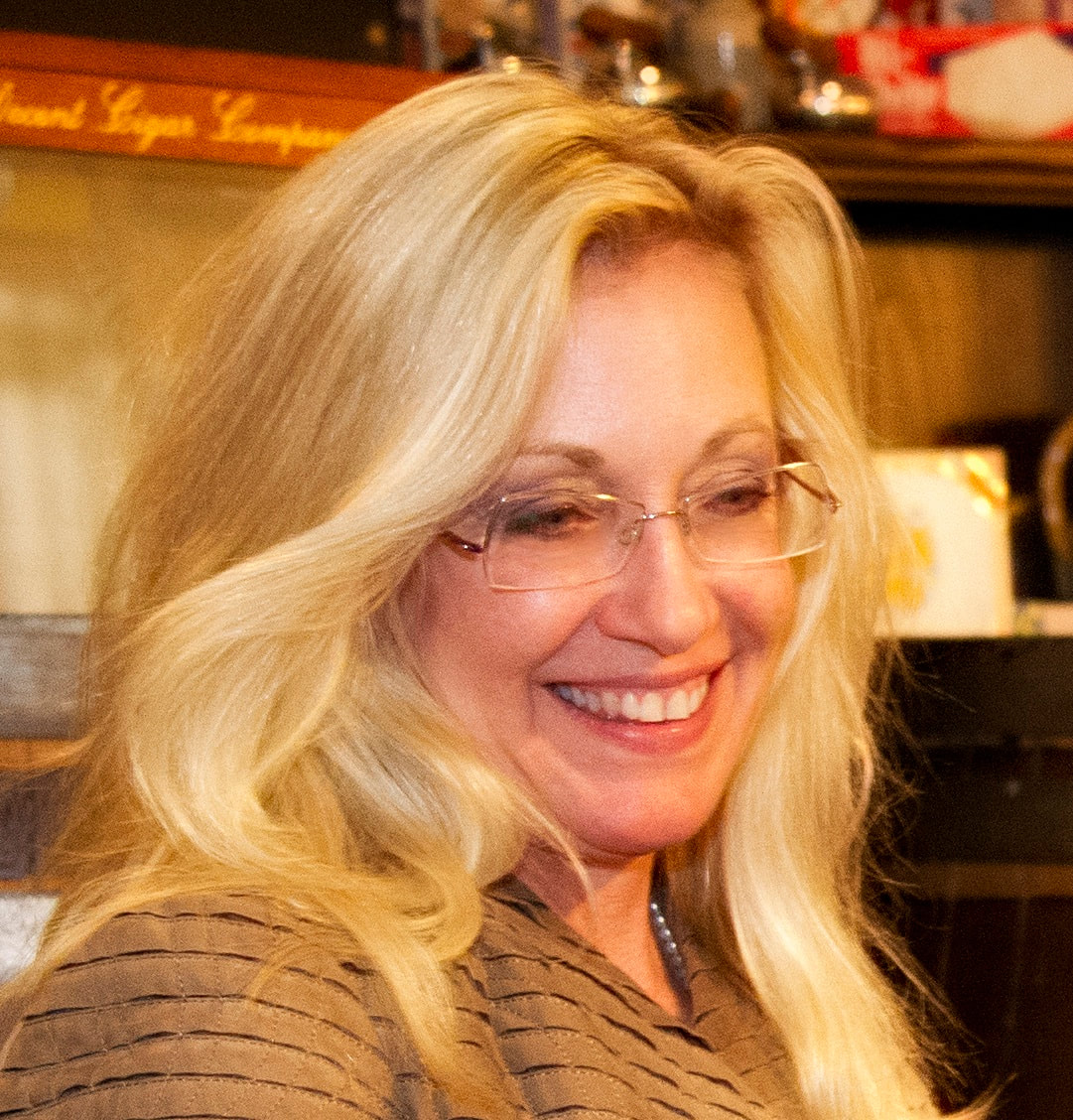
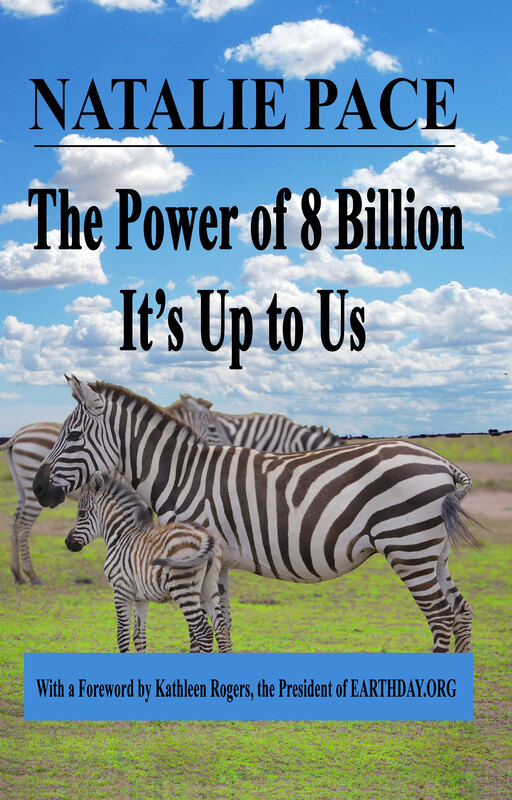
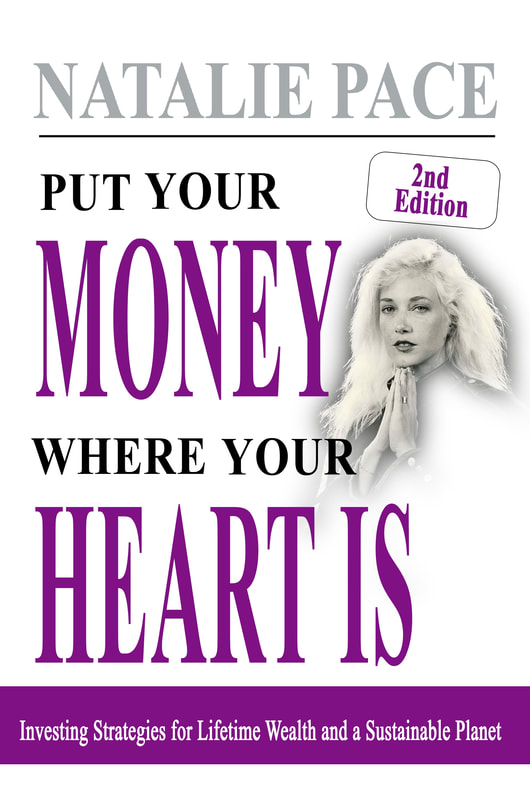
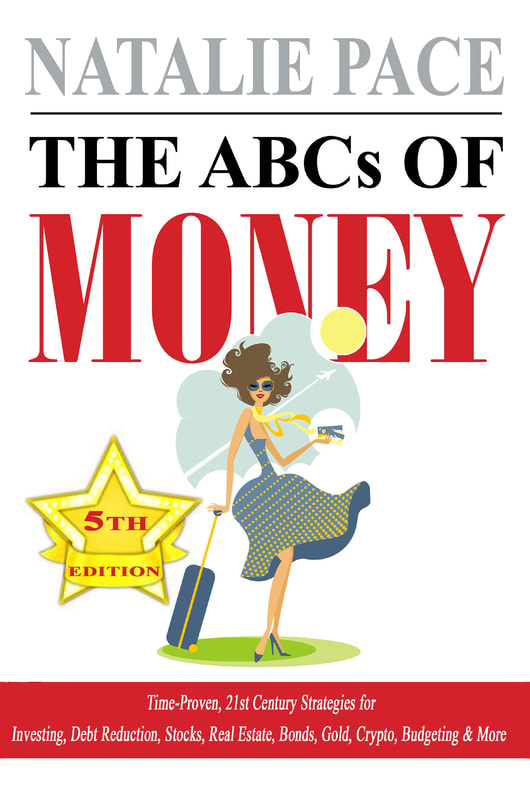
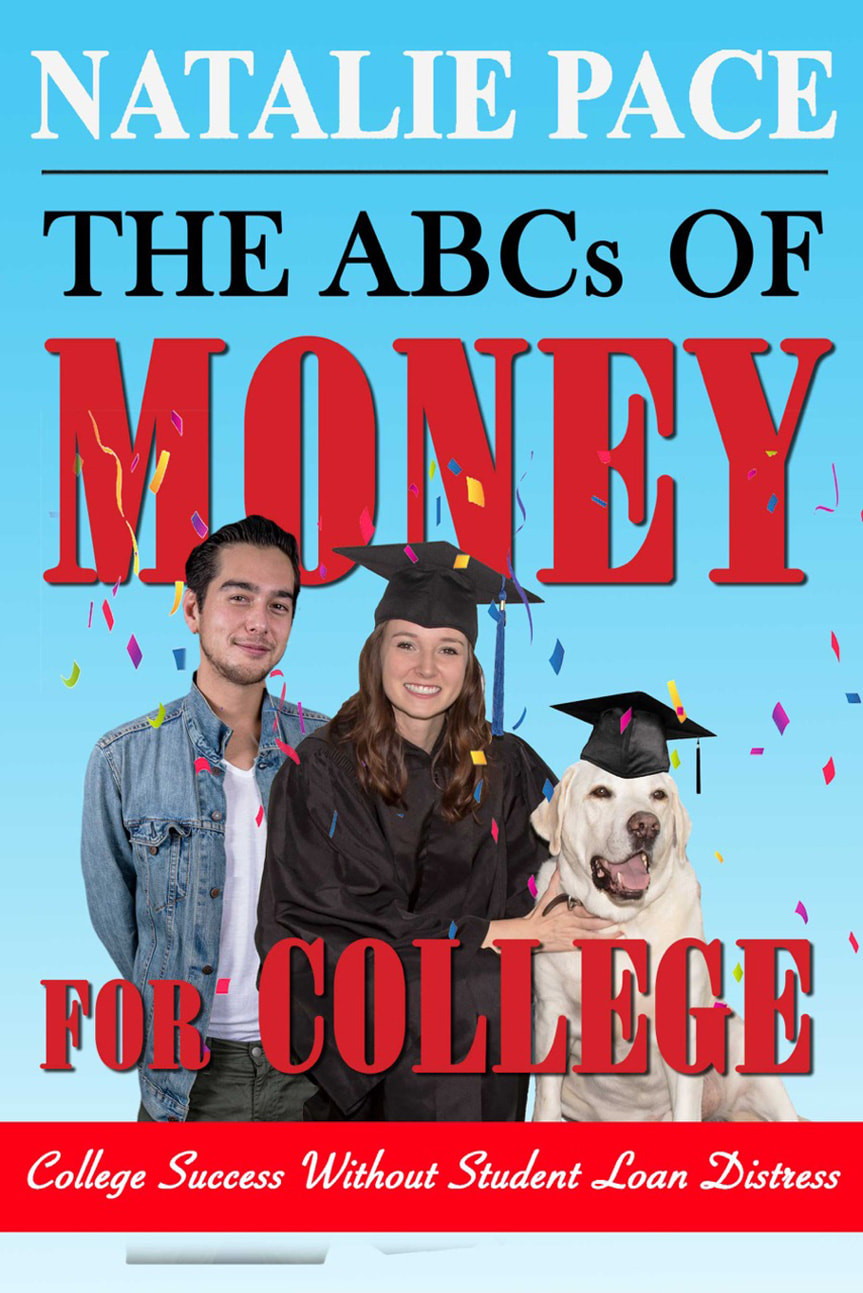
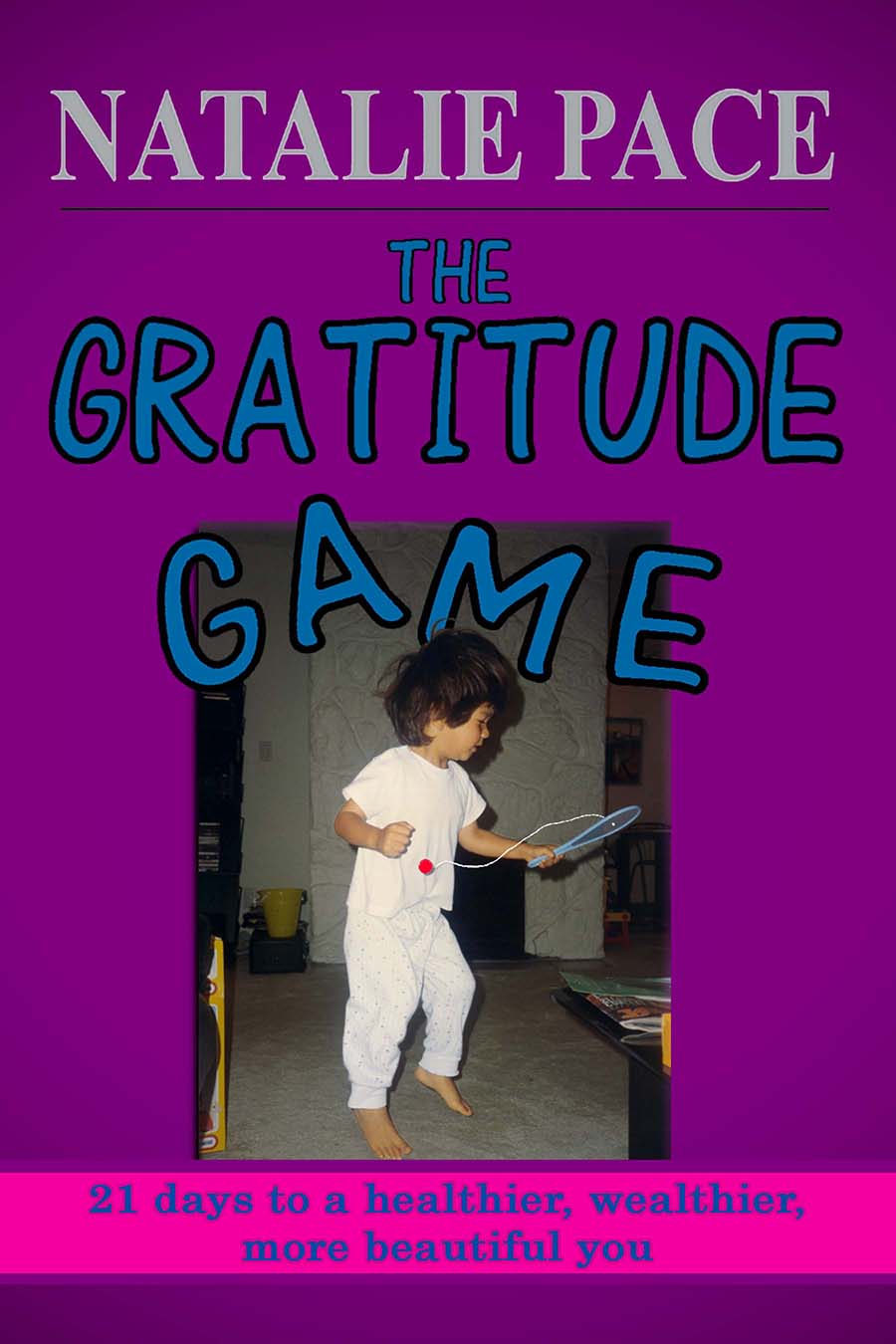
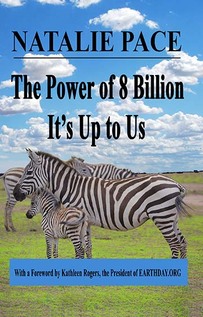
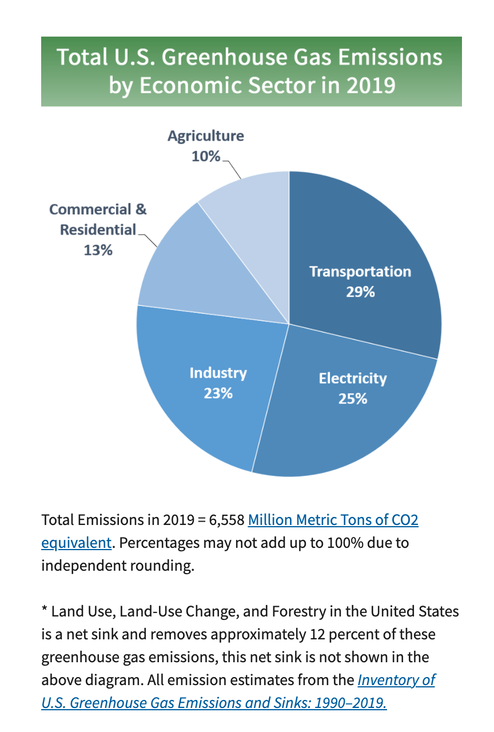
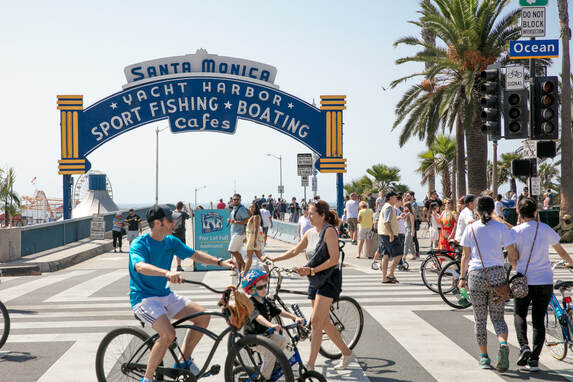
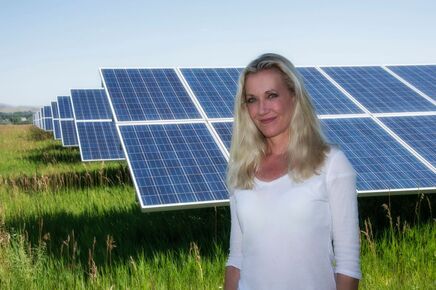
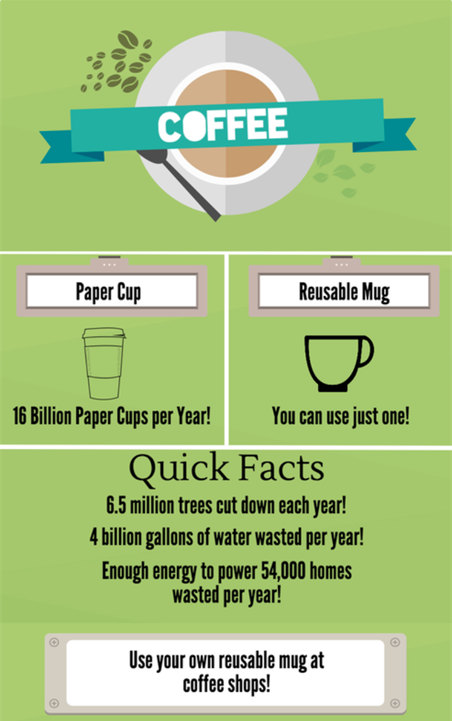
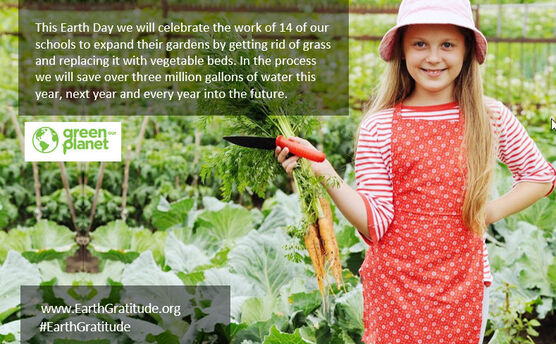
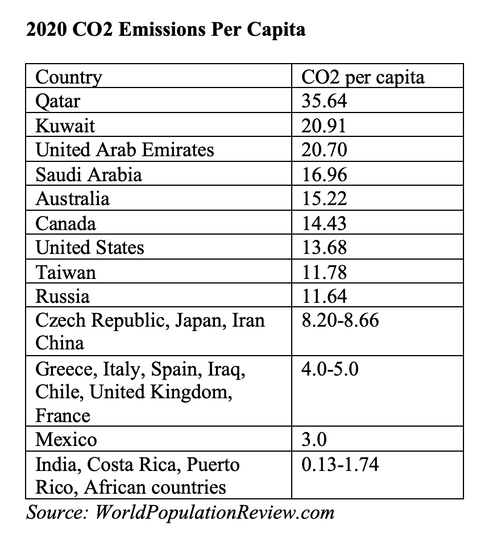
 RSS Feed
RSS Feed